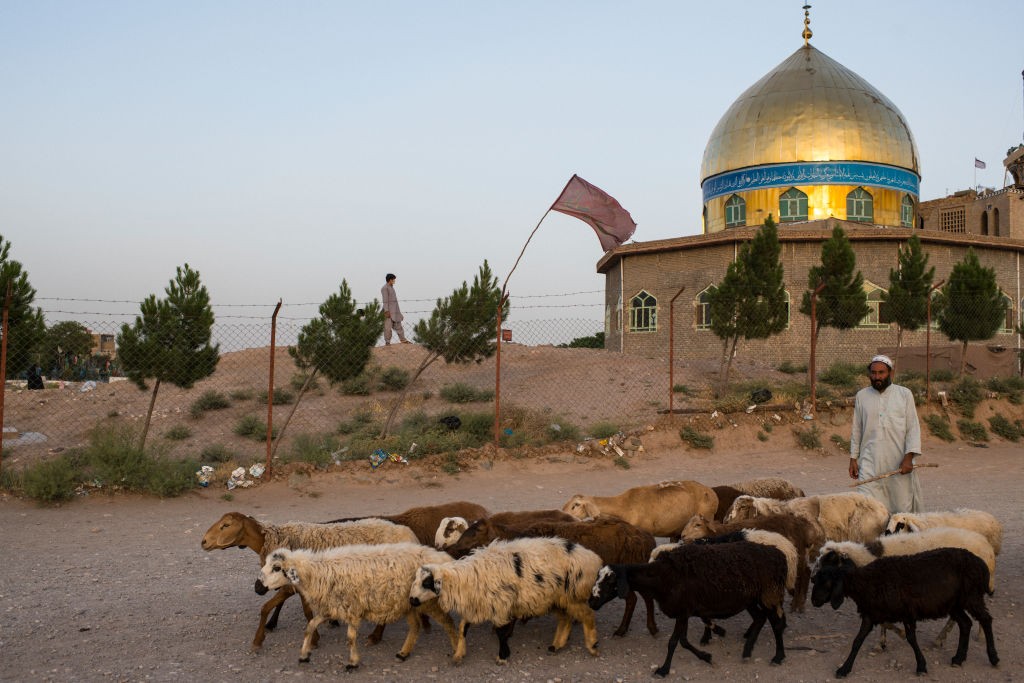
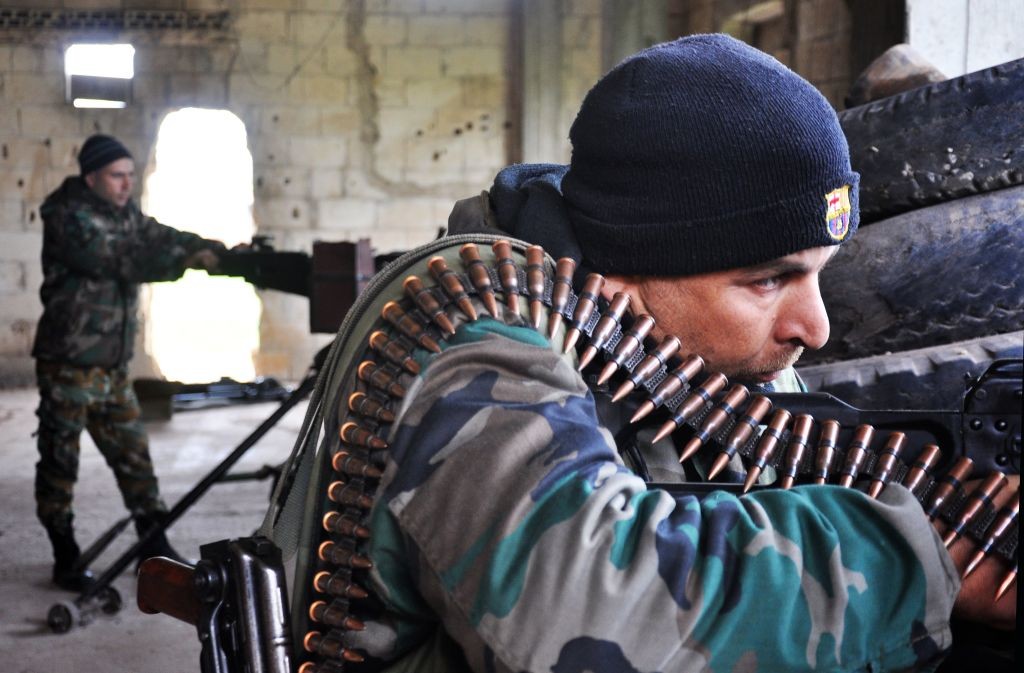
Summary
Approximately 10,000-20,000 Afghan men, mostly from the Hazara ethnic group, have fought in Syria in support of the government of President Bashar al-Assad. Organized by Iran and led by the Islamic Revolutionary Guard Corps and other affiliated groups, they have gathered under the banner of the so-called “Fatemiyoun” Division. This is the story of one of those men, Mohammed Jalil Dinsta, told through selections from his writings, alongside relevant analysis.
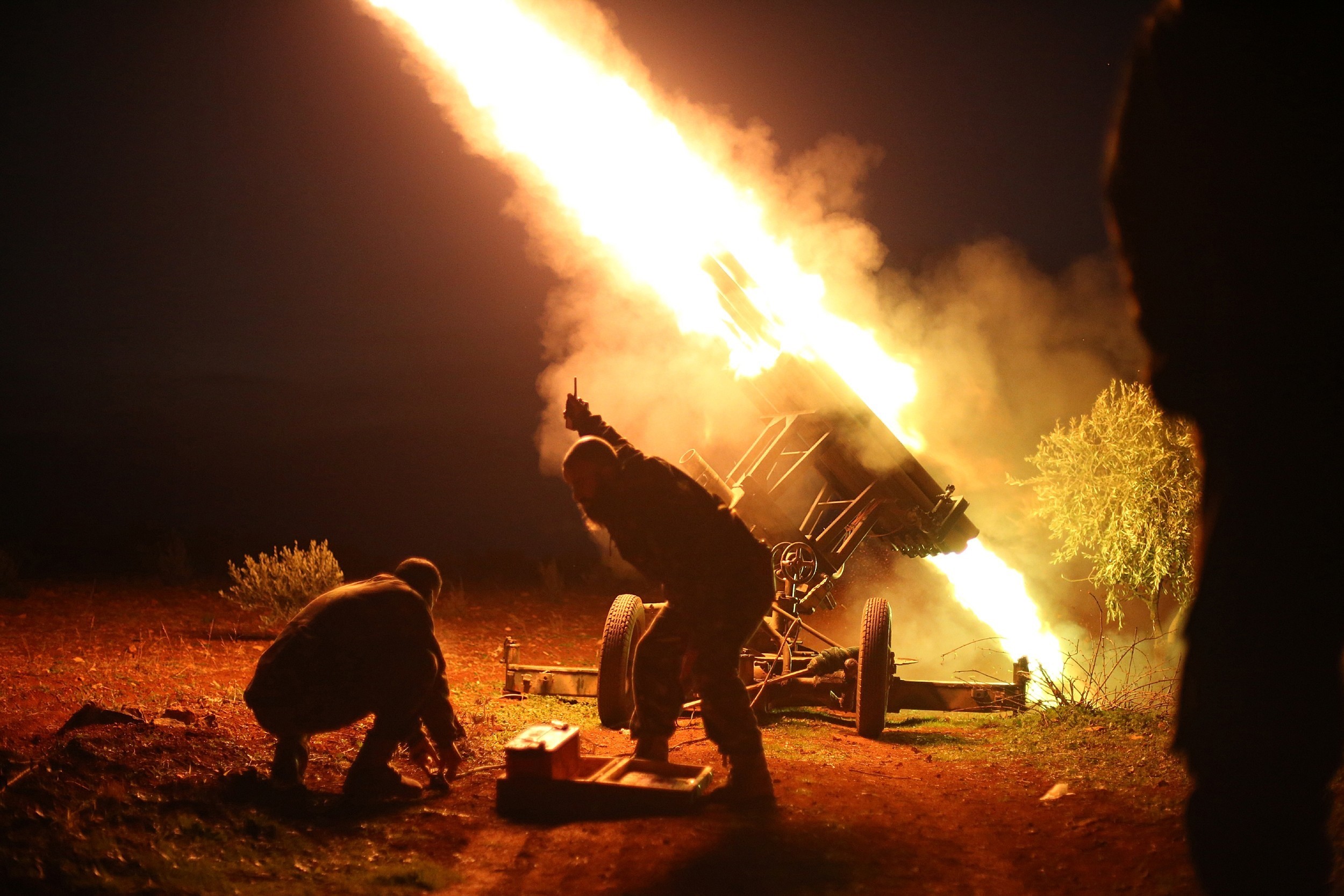
“It is the end. A ball of fire screws through the air towards us. It hits us before I can open the door of our vehicle. Death spreads all over us like a wave. Fire rains from all sides. Death triumphs over life. It is the end. I perish at the age of 29. I was dead that night, like before my birth. Everything burned in this night. The 3 million Toman I had with me, my eyes, my face, my bones burned.
Now I am one of the killed Hazara, another dead in the statistics. Syria has become an allegedly honorable slaughterhouse for Afghan Hazara refugees from Iran. I am a burned body that initially simply wanted to write. I wanted to write to overcome the difficulties of life. The burned body of a man who wanted to give his wife and child an at least reasonably pleasant life.”
– Mohammad Jalil Dinsta
Introduction
Approximately 10,000-20,000 Afghan men, mostly from the Hazara ethnic group, have fought in Syria in support of the government of President Bashar al-Assad. They have gathered under the banner of the so-called “Fatemiyoun” Division. Founded in the 1980s, the Fatemiyoun Division served Iran’s interests in both the Afghan civil war and the Iran-Iraq War. Since 2012, the militia has been revitalized under the auspices of the Iranian Islamic Revolutionary Guard Corps (IRGC).
Led by the IRGC and affiliated groups like Lebanese Hezbollah, the Fatemiyoun Division has been active on all fronts of the Syrian war. According to one official with the force, at least 2,000 fighters have been killed in Syria fighting various armed opposition groups and ISIS.1 At least 8,000 more have been wounded. These proportionately huge casualties are the result of poor training and high-risk deployments. Reports suggest the IRGC has regularly sent unprepared Fatemiyoun fighters into the most dangerous situations and treated them as cannon fodder.2 Marginalized and without a powerful lobby or vocal supporters back in Iran, the massive Hazara casualties appear not to have provoked significant public anger.
The precarious living conditions of the Hazara in Iran are well documented.3 Only a small share of the population is officially registered as refugees, while the majority are illegal migrants and most of them are exposed to reprisals.4
Nonetheless, Iranian leadership puts significant effort into shaping the image of the Fatemiyoun Division as a respected force that defends Shi'a shrines in Syria, protecting Islam regardless of borders. Iranian authorities have renamed streets to honor fighters who were killed in battle and glorify their so-called martyrdom in the media.5
This paper features exclusive excerpts from a book written by Mohammad Jalil Dinsta, an Afghan Hazara who fought under the Fatemiyoun banner in Syria. In late 2017, Dinsta contacted an Iranian activist, who wants to remain anonymous, to ask his opinion on the book. The activist then asked for permission to publish it and forwarded the 160-page original, written in Farsi, to me. The original has been translated from Farsi to German, and German to English. After the initial contact, we could no longer reach Mohammad Jalil Dinsta by email, and we discovered that he had fled to Europe. It can be assumed that he deleted his account for security reasons. It also can be assumed that he used a pseudonym when writing the manuscript.
This document provides rare insights into the experience of a former member of the Fatemiyoun Division. What follows is a selection of key sections from the manuscript alongside relevant analysis of the text.
Mohammad Jalil Dinsta's life in Iran
The author describes a life of poverty, menial labor, and marginalization in Iran. Two recurring themes are his desire to pursue education and his thoughtful reflection on everyday reality. He writes:
“I have owned 17 books in my whole life. 17 books that only belonged to me. It requires courage to write. The Iranians had told us that they would smash us if we opened our mouths. And so they did. They hit us hard with the fist of deportation, the expulsion from the school or university. With the fist of poverty and prison. That is why nobody opened his mouth. After a long day of hauling cement bags and mixing the cement with gravel, writing reminded me that I was still able to think. That I was still a human. It made me realize that I didn’t decide to live this life, but that others had decided for me.”
Like the majority of Hazaras in Iran, the author earned a living by performing heavy manual labor. He repeatedly emphasizes the climate of hostility he faced. On the one hand, he points to institutional discrimination in the form of travel restrictions, detentions, and arbitrary deportations. On the other hand, he also suffers from more personal daily problems like insults and even physical assaults.
“As a worker for rent you are useful in Iran. But as a human you get kicked and insulted. The bus driver kicked me so that I would leave the bus more quickly. ‘Dirty Afghan,’ he grumbled. (…) In Iran I was afraid to leave the house. I was afraid to get killed. I was afraid to open a newspaper. The people around me — who looked quite normal — could get so furious any moment that they would rip your flesh from your bones. It was enough for someone to simply say that he was Afghan for that to happen. I avoided many places. Because even if there wasn’t a sign that forbid entry to Afghans, everyone knew. An Afghan in Iran is considered to be as annoying as a fly. The doors of restaurants, swimming pools, and parks remain closed for him. Even Afghan money is considered to be dirty. It is like the money of prostitutes. (…) In Iran we had to beg to get an allowance to travel. For 30 years we needed an authorization to travel from city to city.”
Motivations to join the Fatemiyoun Division
Years of humiliation in Iran have left Mohammad Jalil Dinsta disillusioned. He describes himself and his fellow Afghans as both desperate and broken.
“We had worked hard for years in Iran. We were insulted and bullied. We sought shelter in Iran in vain. Now we were willing to do anything. Because anything was better than our life in Iran. It was a result of years in which the Iranians denied us normality that we now pointed the barrels of our guns towards the heads of Arabs. For years, Hazaras were humiliated because of their appearance. Judged and discriminated because of their eyes.”
Joining the Fatemiyoun Division meant the chance to gain some self-esteem and to experience something different — an adventure — as well as the opportunity to earn a considerable amount of money. Additionally, the fighters were given the prospect of receiving legal residency documents after they completed their service, a potentially significant motivation for the Hazaras, who live in constant fear of deportation in Iran.
“The lonely young men go to Syria so that they at least once traveled to a different country. They once want to get on a plane, earn money, and then come back home. And as long the war in Syria rages and as long as we fight, we earn 3 million Toman per month. This is how we pay rent, the money for the smugglers, the charges for the hospitals.”
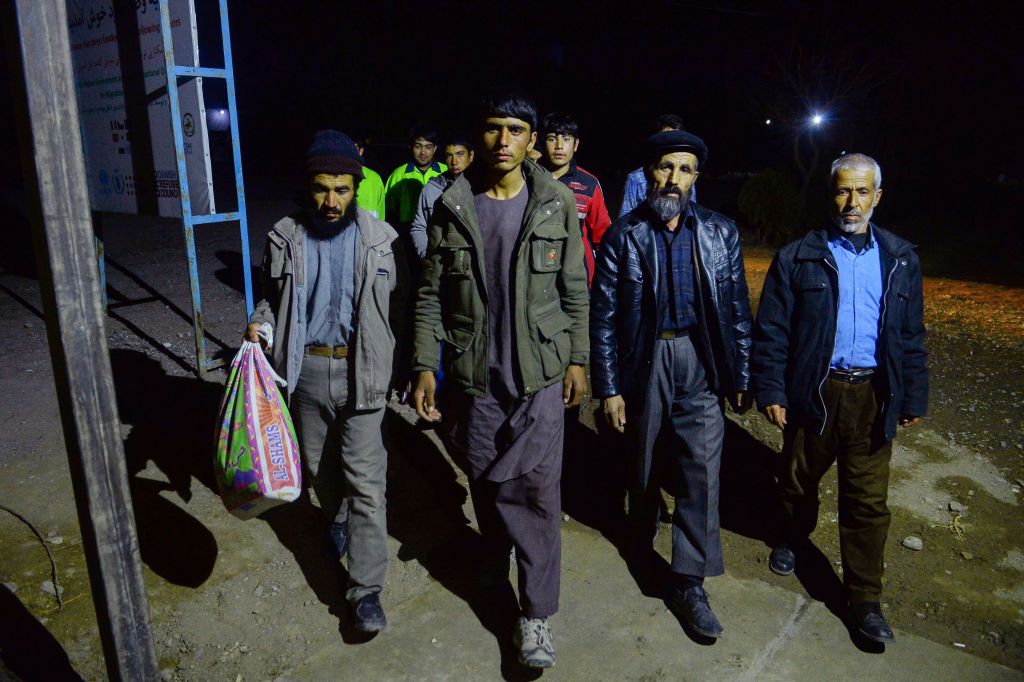
The experience in Syria
The author makes clear the degree of influence wielded in Syria by Lebanese Hezbollah, which operates side by side with other Iranian-backed forces on the ground.
“At the beginning of the war, the Iranian military advisers went to Damascus. The Iranians had promised Assad to stand at his side. In light of the Arabs’ weakness, Syria became their backyard. Syria’s gates stood open for the Iranians. They brought Hazaras from the environs of Mashhad, Tehran, and Qom to Syria. At first, little attention was paid to the Hazaras. But when they recognized their value in battle, the Iranians sent more and more from us. Lebanese Hezbollah provided strategic forces; Iran took care of the management and provided the money. The Afghans and Pakistanis were part of the ideological army. Iran started the killing of Arabs with the hands of the Hazaras.”
The author also points to the religious frame that the Iranians created to explain their actions. According to his experience, the Fatemiyoun fighters’ demands for justification were met by a ready Iranian supply of religious rationale.
“We were accessible mercenaries. Bought with money. Religious, subjugated Shiites. With little money they were able to hire the best fighters. They chose the unit’s name wisely: Fatemiyoun. They say that Omar killed Fatemeh, the daughter of the Prophet. Now they gathered us to take revenge for Fatemeh’s death on the Sunnis.
Even the uneducated Hazaras who came to Syria as mercenaries knew that they had come to the wrong place. So they desperately looked for a justification, for a way to deny their being mercenaries. They sought shelter in the Quran. They calmed themselves with the written word, even though they didn’t understand its meaning. They relied on random passages of the Quran that suited them.”
However, the thousands of young men who lived in humiliation in Iran appear to have gained strength and received appreciation for their roles as fighters.
“In the beginning, we enjoyed that the residents of Aleppo looked at us. For years, we had avoided to be recognized. Being recognized meant getting detained. Getting blackmailed. All the laws in Iran were against us. The only law that you have to obey as a refugee in Iran is to hide. For years we were torn out of buses and transferred to deportation camps in Afghanistan. (…) But in Syria, we cruised through the cities in cars, proudly presenting our weapons. They called us intimates and brothers.”
While Mohammad Jalil Dinsta says he wasn’t lured in by the deceptive feeling of self-worth that the Fatemiyoun Division provided, others were.
“A mercenary in the bed above me once told me: ‘Every time I got arrested in Iran I got into debt of four million Toman to pay the bribes. I couldn’t buy bread for my wife and my child. I didn’t have a choice but to come here. Now I have legal documents, I have a mortgage for a house. My life has an order. I was a dirty Afghan, now I am a master.’”
The author seems to be completely shocked and disgusted by the reality with which he was confronted in Syria.
“In Syria, we are getting killed, just as the Arabs. But it is the homes of the Arabs that get destroyed. It is their cars that burn out. It is the Arab women and children who are made homeless. They kneel before the good and the evil guys to get weapons so that they can defend their property. So that they can fight us mercenaries in their own country. We don’t have the right to do so.”
He looks back on the indoctrination with revulsion and describes his struggle to preserve his feeling of humanity.
“They told us that our enemies are disbelievers. They wouldn’t show mercy to us Shiites. That it would be god’s will to shed their blood, even more than to shed the blood of cows or sheep. I didn’t care that they would chop me into pieces when I fell into their clutches. Instead, it was important to me to remain human as long as I am alive. On both sides of the front the people are sick.”
Further, Mohammad Jalil Dinsta draws parallels to the situation facing the Hazaras in Iran. He chastises the Iranian forces for using the soldiers of the Fatemiyoun Division as cannon fodder and for receiving better supplies.
“The Iranians didn’t join the offensives. They weren’t on the first lines at the front. Their wages are three times higher than ours and they get better rations. When they are caught and arrested, someone tries to have them released. When they are wounded, they get a lifetime pension. When they die, every single one of them gets honored with a big ceremony.”
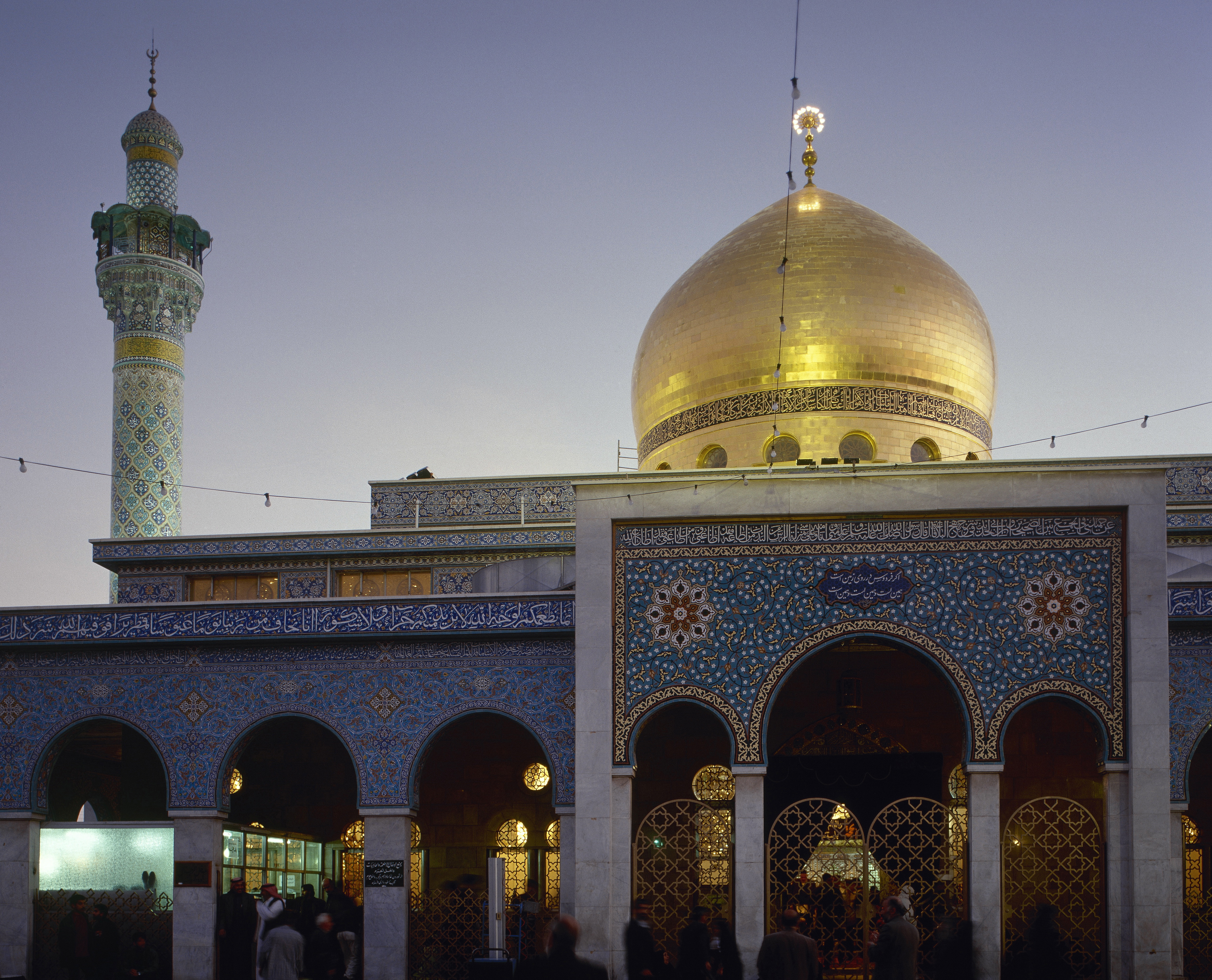
Closing thoughts from Mohammad Jalil Dinsta
In light of the humiliation and atrocities that the author experiences in Syria, he condemns the Iranian intervention and the Fatemiyoun’s operations.
“We fought far away from Iran, the country to which we have been left defenseless. We were the forgotten mercenaries that everyone hated. Our homes were the passes of Bamyan and Markazi Bihsud and the valleys of Darah Sof and Daykundi. Not the surroundings of Aleppo, Hama, and Idlib. The Iranians tried hard so that our death would appear holy to us. (…) We were the dregs of the people in Syria. The Afghans who were not worth more than a dog or a donkey in Iran. The Afghans whose name was a swear-word in Iran. Without rights, humiliated by the state. Always standing at the sidelines. In Syria, we were also used for the dirty work. And we put our ancestors and our people to shame eternally.”
The author makes clear that he feels deeply traumatized, desperate, and ashamed. At the end of his manuscript, he directly addresses his daughter, apparently projecting all of his unfulfilled longing into a vision of a bright future for his child. Mohammad Jalil Dinsta closes his manuscript with an admission of guilt: “I have nothing to say in my defense.”
“I leave our base and walk a few steps. I take my Samsung and wipe the screen. I open Whatsapp. I see the latest pictures of my little girl. I make a call home. My wife is doing fine. I promised to buy her gold when I come back. My daughter cries while I am gone. She suckles and sleeps. She explores new colors and hears new voices — but not mine. I want my daughter to grow up where the beauty of women is appreciated. Where people can laugh and dance. Where kindness doesn’t have an owner. I don’t want her to slip under a black robe. I don’t want her to stay quiet even though she is in the right. I want her to appreciate herself. Only your joy, my daughter, can defeat the meaninglessness of death to me. I have become a mercenary of the army that strangles the beautiful voice of women in their throats. I came to slip the black cage of the chador over the women’s heads. I have nothing to say in my defense.”
Conclusion: Mobilization through structural violence
Mohammad Jalal Dinsta’s emotional narrative sheds light on the Hazaras’ harsh living conditions in Iran and exposes the Iranian propaganda that underlies their efforts to mobilize thousands of young men to join a hopeless war under the pretext of defending their religion. As Dinsta points out, many of the fighters, including himself, do not identify as being particularly religious. However, the atrocities they witness and commit in combat demand some sort of justification and meaning. The IRGC effectively provides this meaning by framing the mission of the Fatemiyoun Division as a holy one.
Most of the existing reports suggest that the Iranian authorities rely on a carrot-and-stick approach to mobilize forces to join the Fatemiyoun Division. While this is true in general, Dinsta’s manuscript suggests that there is relatively little need for the stick. That doesn’t mean that young Hazaras join the Fatemiyoun entirely voluntarily, but the underlying violence is more structural than direct. The authorities in Iran have put them in such a horrible situation that many of them actively decide to join the Fatemiyoun because it’s the only thing they can do to address the devastating feeling of not being accepted as human beings, to feel power in their lives, and find some sense of meaning, however fleeting. In this sense, the Iranian authorities act as fire-starters and fire-fighters at the same time.
Combined with economic incentives — the wage of 3 million Toman, or roughly $600, per month is above average in Syria’s war economy and a veritable fortune for struggling Hazaras — the IRGC has found a way of successfully mobilizing a military force and giving it a strong ideological core. It is this ideology that allowed the IRGC to transform the Fatemiyoun Division from a militia into a movement.6 This movement will continue to exist, even if recruitment and deployment decrease temporarily. As of spring 2019, the bulk of fighting in Syria has ended and many of the fighters have returned to Iran. The Iranian FARS News Agency recently published pictures of Fatemiyoun convoys heading toward Lorestan Province to participate in clearing-up operations after the flood that has displaced tens of thousands of people since March. 7
The Iranian activist tells me about his latest visit to the Behest-e Zahra, the largest cemetery in Iran. In a special area, Fatemiyoun fighters that were killed in Syria have been buried near the mausoleum of the late Ayatollah Khomenei and next to thousands of Iranian soldiers that died in the 1980s war with Iraq. The members of the Fatemiyoun Division have found their place in the Iranian authority’s propaganda narrative, but their place in society remains precarious.

About the author
Lars Hauch writes about security politics, Islamism, and humanitarian affairs in the Middle East, with a special focus on Syria. His work has appeared in numerous publications, including International Politics and Society (IPS), Blätter für deutsche und internationale Politik, Zenith Magazine, Middle East Eye, Syria Deeply and FDD’s Long War Journal.
Hauch received his BSc. in International Development Studies from the University of Vienna, and is pursuing a Master's in Political Science at the University of Münster.
About the Middle East Institute
The Middle East Institute is a center of knowledge dedicated to narrowing divides between the peoples of the Middle East and the United States. With over 70 years’ experience, MEI has established itself as a credible, non-partisan source of insight and policy analysis on all matters concerning the Middle East. MEI is distinguished by its holistic approach to the region and its deep understanding of the Middle East’s political, economic and cultural contexts. Through the collaborative work of its three centers — Policy & Research, Arts & Culture and Education — MEI provides current and future leaders with the resources necessary to build a future of mutual understanding.
Endnotes
1. “More than 2,000 Afghans sent by Iran killed in Syria,” The Defense Post, January 6, 2018, https://thedefensepost.com/2018/01/06/2000-afghans-killed-syria-iran-liwa-fatemiyoun.
2. Tobias Schneider, “The Fatemiyoun Division: Afghan fighters in the Syrian civil war,” The Middle East Institute, October 15, 2018, https://www.mei.edu/publications/fatemiyoun-division-afghan-fighters-syrian-civil-war.
3. “Human Rights Violations in Iran,” The Geneva International Center for Justice, http://www.gicj.org/gicj-reports/1145-gicj-report-human-rights-violations-in-iran.
4. Alistair Scrutton and Himanshu Ojha, “Who are the Hazaras and what are they escaping?” Reuters, September 22, 2016, https://www.reuters.com/article/us-europe-migrants-hazaras/who-are-the-hazaras-and-what-are-they-escaping-idUSKCN11S0WG.
5. Frud Bezhan, “Iran Aims to Boost Prestige of Beleaguered Afghan Proxy Force,” Radio Free Europe, July 16, 2017, https://www.rferl.org/a/iran-syria-afghan-proxiy-force-boost-image-fatemiyoun/28619046.html; “Iran orchestrates another sham celebration of Fatemiyoun ‘martyrs’,” Salaam Times, September 20, 2018, http://afghanistan.asia-news.com/en_GB/articles/cnmi_st/features/2018/09/20/feature-01.
6. Mujib Mashal and Fatima Faizi, “Iran Sent Them to Syria. Now Afghan Fighters Are a Worry at Home,” The New York Times, November 11, 2017, https://www.nytimes.com/2017/11/11/world/asia/afghanistan-iran-syria-revolutionary-guards.html; Tobias Schneider, “The Fatemiyoun Division: Afghan fighters in the Syrian civil war,” The Middle East Institute, October 15, 2018, https://www.mei.edu/publications/fatemiyoun-division-afghan-fighters-syrian-civil-war.
7. Fars News Agency, https://bit.ly/2vyg2Y4
Cover photo: Syrian government forces take position in the area between Talbiseh and Rastan in the northern countryside of Homs on March 1, 2018. (Stringer/AFP/Getty Images)
Contents photo: A Shi'a shrine in Jebrael, in the west of Herat, Afghanistan, an enclave of predominantly ethnic Hazaras, from the Shi'a sect of Islam, a minority in Afghanistan. Many of the Afghans who are enlisted by Iran to go to fight for the Assad regime in Syria come from this area. (Andrew Quilty/For The Washington Post via Getty Images)
Block quote background photo: Members of the Islamic Front launch a rocket toward Syrian regime forces in Aleppo, Syria. (Saleh Mahmoud Laila/Anadolu Agency/Getty Images)












